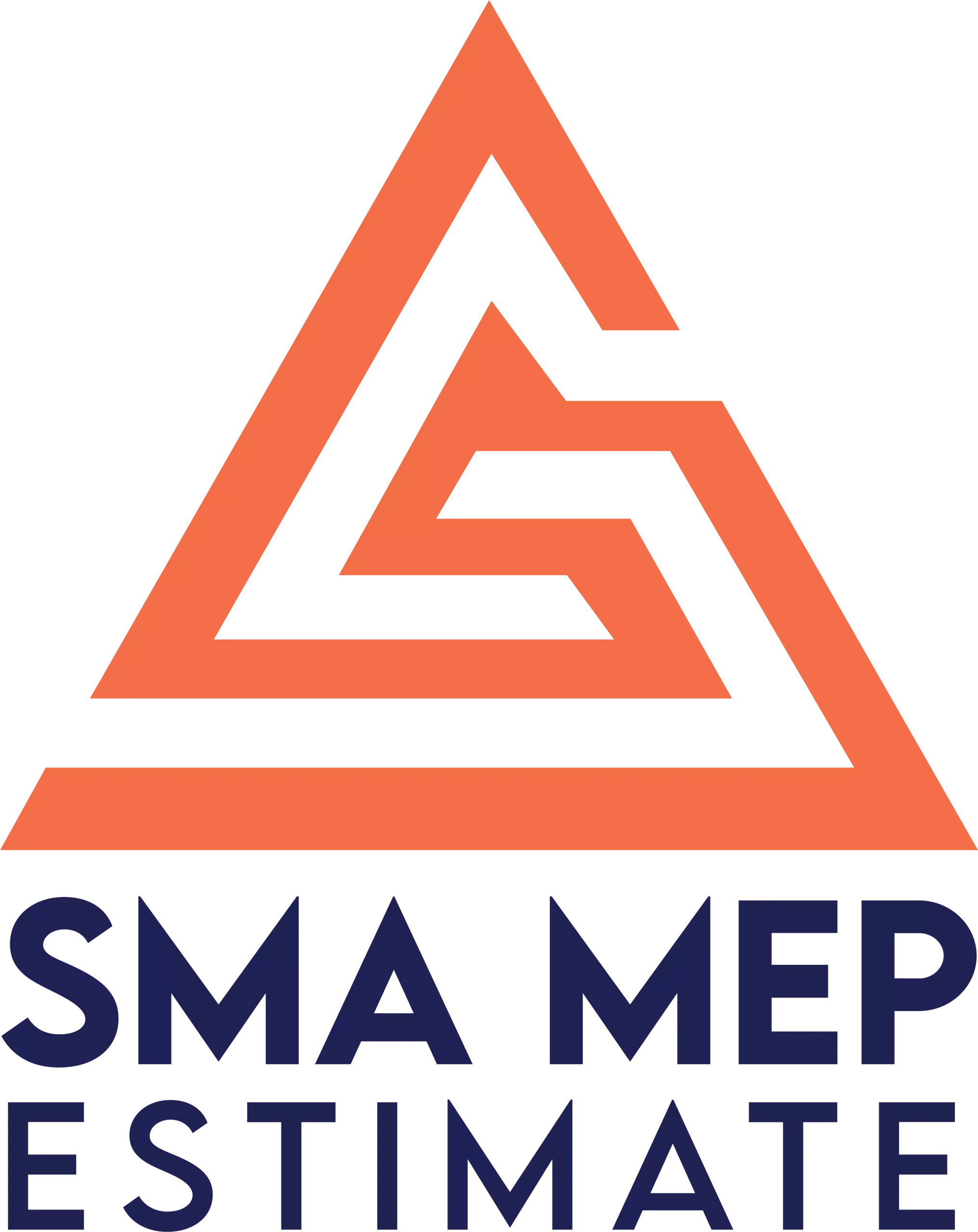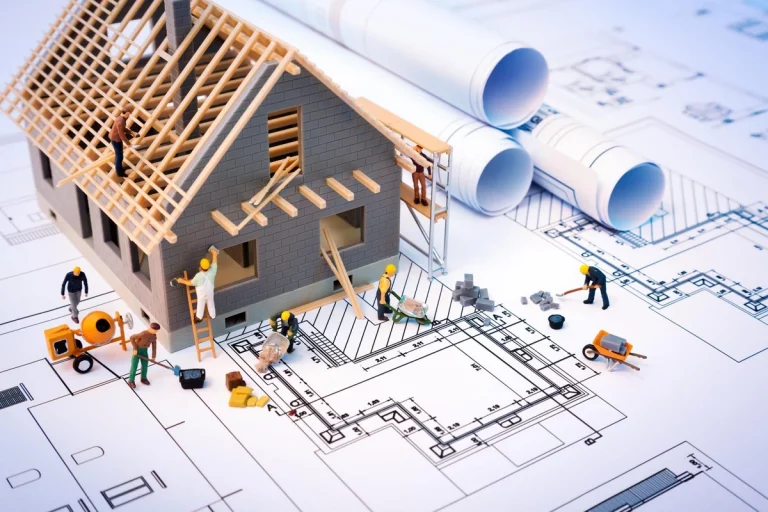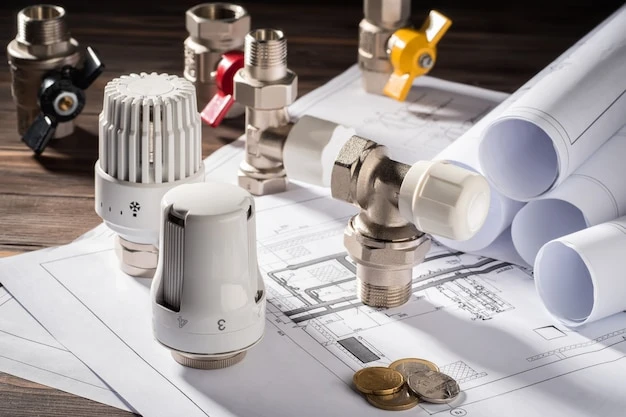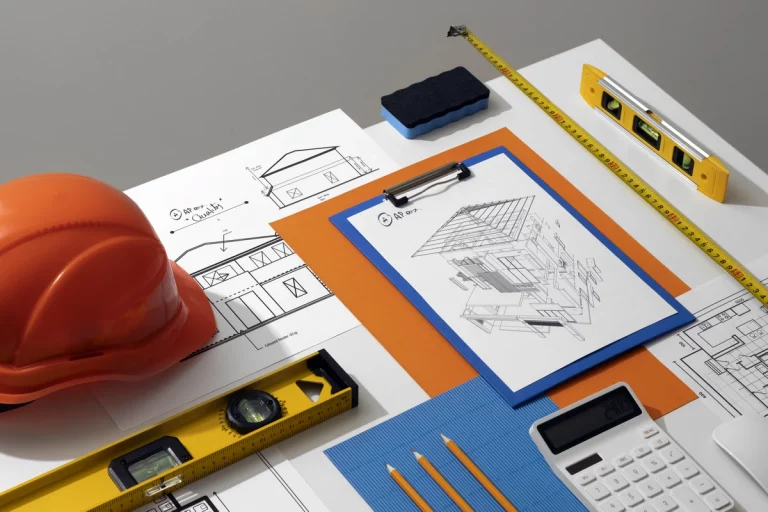Different Types of Estimation and Methods in Construction You Must Know
It does not matter what size construction project you are working on. Each step must be done in detail with a keen financial oversight of each component. At the heart of this financial oversight, the Construction Estimate plays a crucial part, as it is responsible for cost management and any risks associated with it. However, you have to understand that there are several types of estimates. Each estimate plays a significant role and serves a specific purpose. The reason behind this is that a construction project consists of different stages, and the level of detail and precision required in each stage is different. This article is going to help you understand what types of estimates are required and at what stage. But first, you must have a basic understanding of what a cost estimate is!
Let’s explore the various types and methods for acquiring accuracy in your estimates!
Construction Cost Estimate – Simply Explained
A Construction Cost Estimate is a thorough assessment of all the costs involved in completing a project, broken down for clarity. This breakdown will help you to plan and predict the financial feasibility of a project. The major financial drivers are materials, labor, equipment, and indirect expenses.
Types of Construction Cost Estimates
Accurate estimates are critical, as they go beyond just financial management. They are also responsible for budgeting, planning, and timely decision-making. Let’s explore the most common types of estimates:
Preliminary Estimate
This type of construction estimate also goes by the term Rough Order of Magnitude (ROM). This estimate is used in the initial stages to get a rough idea about a project’s costs. It will give a general idea to the project managers to know how financially practical a project will be.
Detailed Estimate
In a detailed construction estimate, costs are broken down into smaller components, and each task is priced individually. This method offers a great deal of accuracy in the estimates for each component. The only downside of this type is that it is time-consuming.
Cost Control Estimate
This estimate is considered a working estimate because it monitors every cost throughout a project’s lifecycle. This estimate is performed in 3 sections. The first section is the estimation done for a budget. The second includes how much budgeted costs must be allocated before the construction begins. And the last section involves the estimated costs to complete a project.
Quantity Takeoff Estimate
This estimate deals with identifying all the materials required for the successful completion of a project. Once all the materials have been identified, there will be a process of quantifying them. This type of estimate greatly contributes to accuracy because it uses precise data for quantities and their costs. Estimators use extensive measurements and specifications from the project’s drawings and other design documents. This type can be efficiently used in MEP (Mechanical, Electrical, and Plumbing) estimation. Here is Examples of Quantity takeoffs:
-
Electrical Quantity Takeoff
In Electrical Estimating, using a quantity takeoff estimate will deliver accurate cost estimates. By examining a project’s designs for an electrical system layout, an estimator can quantify how much material is needed. This will also help in determining how much electrical load will be sufficient for the whole project, and specifically for an HVAC system.
-
Plumbing Quantity Takeoff
In plumbing, more than half of the work is done underground, so it is important to know what is required and in how much quantity. Plumbing Estimation done via quantity takeoff ensures the availability of each component at any given point.
Construction Estimating Methods
As a project progresses, different estimating methods are used in construction. Each serves a specific purpose. Here are the following methods:
Unit Cost Method
This method is used for specific items in a construction project, as it applies a uniform cost per unit, such as cubic yards. This method is simple, and the level of accuracy can be satisfactory. However, in complex projects, this method would not be very effective.
Bottom-Up Method
In this method, an estimate is divided into smaller tasks, and the cost of each is evaluated. After that, all the costs are added up for a total Cost Construction Project. This method offers a high level of accuracy, and each estimate is comprehensively conducted. The only limitation associated with this method is that it is time-consuming.
Square Foot Method
This method is relatively faster than other methods because it uses cost per square foot to assess the estimated costs of a project. Using this method can provide you with fast results, but the extent of accuracy in this method is lower than in other estimating methods.
Primary Elements in a Construction Estimate
Here’s a list of some key elements that must be considered for an accurate estimate:
-
First are the indirect costs. These costs are not directly attributed to physical construction activities. A few examples are office expenses, transportation, permit fees, and utilities.
-
The second element is the direct costs. These costs are directly related to the construction. The main components of these costs are materials, labor, and equipment.
Closing Remarks
Wrapping it all up, an accurate Construction Estimate can make or break a project, so its importance cannot be overstated. You have to make sure that accuracy is maintained in the cost estimates until project completion. This is because a single or minor deviation can financially set you back, resulting in more expenses being incurred. This article can help you a great deal, as it outlines key aspects to help ensure accuracy in the estimates throughout your project.







